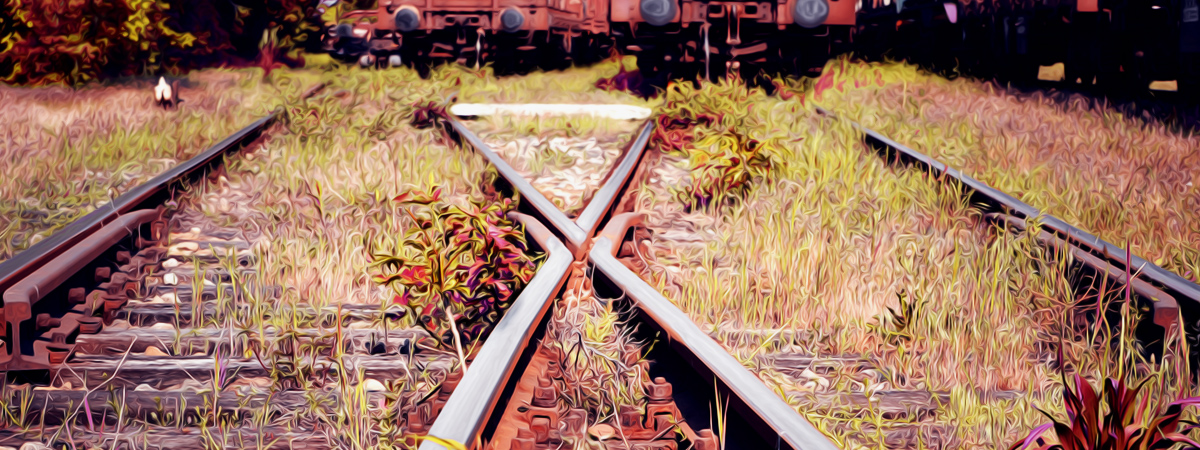I recently had an opportunity to listen to retired army Colonel, Casey Haskins talk about what he learned about winning hearts and minds. Our conversation crossed strategy, history and eventually physics as he explained how states of matter relate to systems change. Understanding whether matter is solid, liquid, gas, or plasma greatly affects how you interact with it and ultimately how you can change it.
So what does this have to do with scale, global development and solving the world’s hardest problems? Quite a lot, I think. The four states of matter correspond to complex social systems.
Dave Snowden’s research describes problems or systems as either (i) simple – in which the relationship between cause and effect is obvious and we can generate best practice; (ii) complicated – in which the relationship between cause and effect requires expert knowledge and good practice; (iii) complex – in which the relationship between cause and effect can only be perceived in retrospect and we use emergent practice; and (iv) chaotic – in which there is no relationship between cause and effect.
Building a bridge is complicated; managing traffic systems is complex. Tweet This Quote
Fortunately, few life situations correspond to chaotic systems (e.g. river rapids), and we know life is never truly simple (!) so most difficult situations we encounter are either complicated or complex. Building a bridge is complicated; managing traffic systems is complex. Planners and experts are very good at solving complicated problems where subject matter expertise is critical and methodical analysis leads to proper diagnosis and solutions.
The problem is that we’re not very good at distinguishing between complicated and complex systems. Complex problems require very different methods to solve. For starters, you can’t replicate a solution to a complex problem. And any one answer is unlikely to have a sustained impact. Promoting efficiency can lead to disastrous consequences because underlying conditions change (think traffic) and getting really good at doing the wrong thing is a big risk. In a recent speech, Sanjay Pradhan, vice president for change, knowledge and learning also described the immense complexity of cleaning the river Ganga. He described how this problem transcends several sectors and multiple stakeholders and requires more than mere technical fixes.
A Good Solution to the Wrong Problem (building a bridge vs reducing traffic)
Increasing agricultural productivity in Sub-Saharan Africa is a good example. If we approach it as a complicated problem, we start with improved seed varieties and changing agricultural practices (e.g. adding fertilizers). Many calls for an African green revolution are based on this diagnosis. What this ignores, however, is the interplay between farming practice, climate change, and resilience ecology. The problem is complex especially in the context of climate change. I recall a colleague explaining that illiterate farmers in Northern Kenya could remember rainfall patterns for more than a decade and apply them to cropping patterns and rotation. And when outside experts insisted on using a more limited number of high-yielding seeds, farmers resisted since they were playing the long-game (thankfully). They implicitly understood climate variation and insisted that what worked in one area or region may not work in another. Local expertise and knowledge mattered a great deal.
You can’t replicate a solution to a complex problem. And any one answer is unlikely to have a sustained impact.
But if we continue treating complex problems as complicated (ie solvable by an algorithm or technical fix), we will continue to prescribe remedies with little regard for context and variation. At the World Bank, we’ve learned over the past 50 years that building roads, dams and schools is not the same as reforming healthcare, improving education, and changing water distribution systems. These are problems that require hypothesis formulation and testing, gathering feedback, adapting and iterating. There are no instant solutions on tap. We need eyes and ears on the ground, constant tweaking, and robust feedback systems that allow us to learn as we do.
This post originally appeared on the World Bank’s Voices blog.



